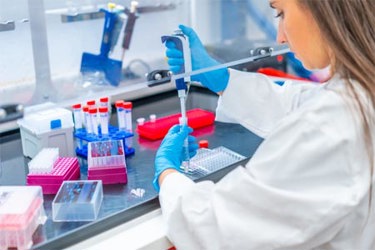Optimizing Analytical Release Testing Through Reduced Volume And Turnaround Times
By Michael Giffin, Analytical Development

Autologous cell therapies are uniquely time-sensitive, with vein-to-vein timelines directly influencing patient outcomes. Each additional week in manufacturing can reduce complete response rates by up to 11%, making release testing a critical bottleneck. This asset explores how optimizing analytical testing—specifically by reducing turnaround times (TATs) and sample volumes, can accelerate manufacturing without compromising quality.
Sterility and mycoplasma testing account for the majority of release testing time, often spanning 7–28 days. Validated rapid microbial methods (RMMs), including PCR-based alternatives, offer dramatic reductions in time-to-result and sample volume, with up to 98% less material required. Miniaturized assays, multiplexed methods, and sequential sample workflows further reduce the burden on limited product yield—especially important in ultra-rapid manufacturing protocols that produce smaller volumes.
See the regulatory considerations, including USP chapters and validation strategies, and emphasize the importance of early engagement with regulatory affairs to support innovative testing plans. For teams developing autologous therapies, this resource provides a roadmap to streamline testing, preserve product for dosing, and potentially improve clinical outcomes through faster time-to-treatment.
If you're looking to modernize your QC strategy and reduce vein-to-vein time, this is a must-read.
Get unlimited access to:
Enter your credentials below to log in. Not yet a member of Cell & Gene? Subscribe today.
